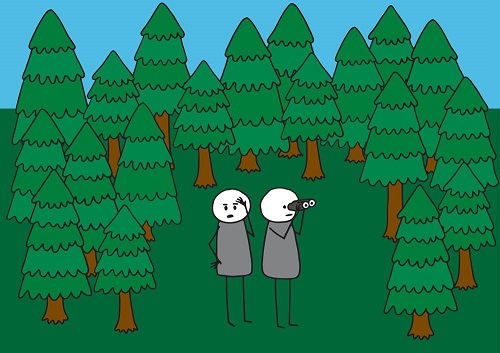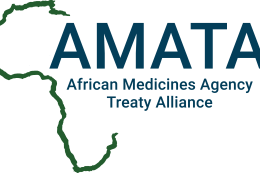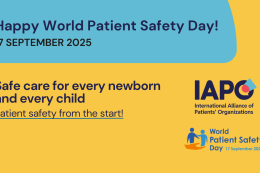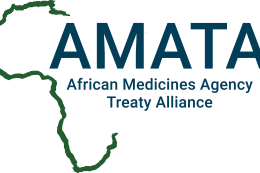The risks of looking at problems with a narrow focus

I learned in my first job many years ago that a child’s health and survival is directly related to the level of a mother’s education – and this link between health and education demonstrates the importance of taking an holistic approach to health improvement, which was a key message this month.
WHO report on State of Inequality
WHO this month released a new State of Inequality report of access to health services for reproductive, maternal, new-born and child health, across and within 86 low and middle-income countries. I was saddened to see that almost two decades after I started work, so much remains to be done, and the link between education and health is still seen to be headline worthy and surprising. New reports are produced every week that show how countries are making progress in tackling infections, chronic health conditions and making discoveries that lead to better treatment and maybe even cures for life-threatening non-communicable diseases. But health inequities remain and may even be widening.
Patients should be 'at the table'
At the Health Technology Assessment International (HTAi) annual meeting in Oslo this month, there was agreement among many participants that patients should be ‘at the table’ and able to participate throughout the medicine and treatment development pathway at every stage. This aligns well with IAPO's key messages and I highlighted that different countries are at different stages in developing legislation, regulations, guidelines and processes for more systematically considering the value of new medicines. We heard examples of how countries had started using the Patient Group Submission Templates and Values & Standards to spark conversation and develop these within their own context. I look forward to publishing examples of patient and collaborative action on HTA in coming months.
There are many different models of HTA practised and emerging in the world when considering the effectiveness and value of new medicines and treatments, some more narrowly focused on cost containment than others. At sessions I attended, patient voices and many of the other attendees were strongly in agreement that a narrow HTA focus was not good enough, and did not meet patients or societal needs. Patient involvement throughout is not a 'nice to have', it is a must have.
I was able to go to and present in sessions at the HTAi annual meeting thanks to an HTAi travel grant, awarded to patients to meet the costs of attending the meeting.

'Step back and see the whole forest...'
In late June I attended a meeting about a WHO e-training resource for the health workforce – aiming to tackle the explosion of health inequity through education and training of the health workforce. Bringing the voice of patients into these types of projects with academics and policymakers is crucial; it brings alive the need for all initiatives to be grounded in the community in order to have a real chance of success. Just as we are not only our experience of disease, health workers need to step back and see the ‘whole forest’ (family, diet, employment and income, housing, environment) rather than just the ‘trees’ of illness and disease.
I’ve spent much of June speaking with representatives of many different organizations working to improve health at the global, national and local level. What has stood out for me are the risks of looking too narrowly at a problem, and perhaps missing details outside the frame, that could make a real difference. I’ve worked alongside other patients' representatives to bring the voice of patients ‘at the sharp end’ to the fore, highlighting not only the benefits of involving patients but the need for everyone in health to take a truly holistic view when tackling multiple tough challenges.
We need to do more to gather your stories to share at these meetings. Your examples are the most powerful way of demonstrating the benefit and value of patient involvement.



